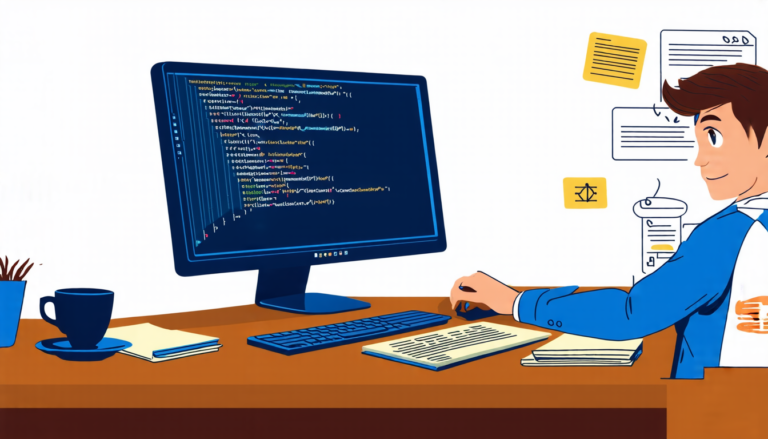Sunday 25 May 2025
A team of researchers has made significant progress in developing a framework that uses large language models to generate and structure proofs for formal verification. The proof-seeking system, dubbed ProofSeek, demonstrates an ability to autoformalize mathematical statements, construct formal proofs, and even verify the correctness of complex access control policies.
The challenge of formal verification lies in its complexity and scalability. As mathematical problems grow more intricate, so too does the difficulty of verifying their correctness. This has led to a search for innovative solutions that can efficiently tackle these challenges. ProofSeek represents a major step forward in this quest, as it leverages large language models to streamline the process.
The system’s core lies in its ability to autoformalize mathematical statements, transforming natural language descriptions into formal representations suitable for theorem proving. This is achieved through a combination of semantic parsing and iterative prompting, allowing ProofSeek to generate formal statements with remarkable accuracy.
Once formalized, ProofSeek employs an interactive theorem prover (ITP) to construct proofs. The ITP uses a structured pipeline, guided by the language model’s predictions, to iteratively refine proof steps until a valid conclusion is reached. This approach enables ProofSeek to efficiently prove complex mathematical theorems and verify access control policies.
In addition to its technical prowess, ProofSeek showcases remarkable versatility. The system can be fine-tuned for specific domains, such as mathematics or computer science, allowing it to adapt to various problem types. Furthermore, ProofSeek’s ability to generate formal proofs makes it an attractive solution for verifying complex systems, like access control policies.
The implications of ProofSeek are far-reaching. As the world becomes increasingly reliant on automation and artificial intelligence, ensuring the correctness of these systems is crucial. By developing a framework that can efficiently verify complex mathematical statements, we take a significant step towards building trust in these technologies.
In the near future, ProofSeek has the potential to revolutionize the way we approach formal verification. With its ability to autoformalize statements, construct proofs, and verify correctness, this system offers a powerful tool for tackling some of the most complex problems in mathematics and computer science. As researchers continue to refine and expand ProofSeek’s capabilities, we can expect to see significant advancements in our understanding of formal verification and its applications.
Cite this article: “ProofSeek: A Breakthrough Framework for Efficient Formal Verification”, The Science Archive, 2025.
Formal Verification, Proof-Seeking System, Large Language Models, Mathematical Statements, Theorem Proving, Interactive Theorem Prover, Access Control Policies, Artificial Intelligence, Automation, Formal Proofs







